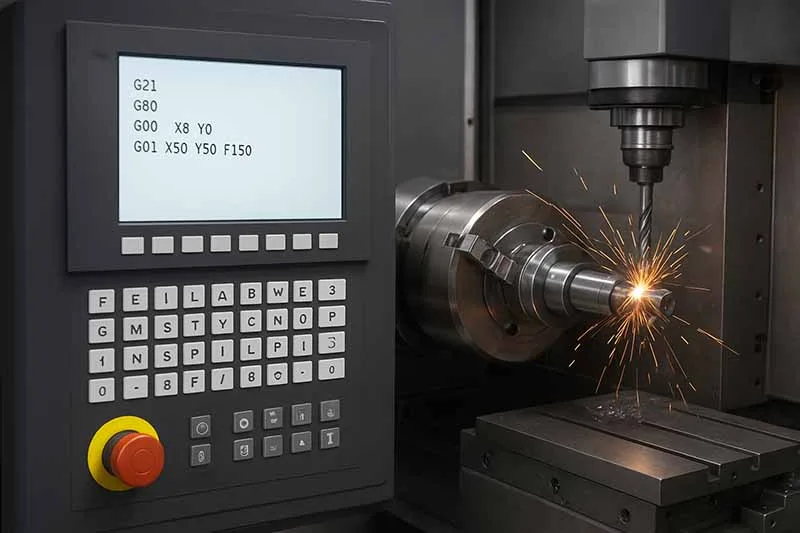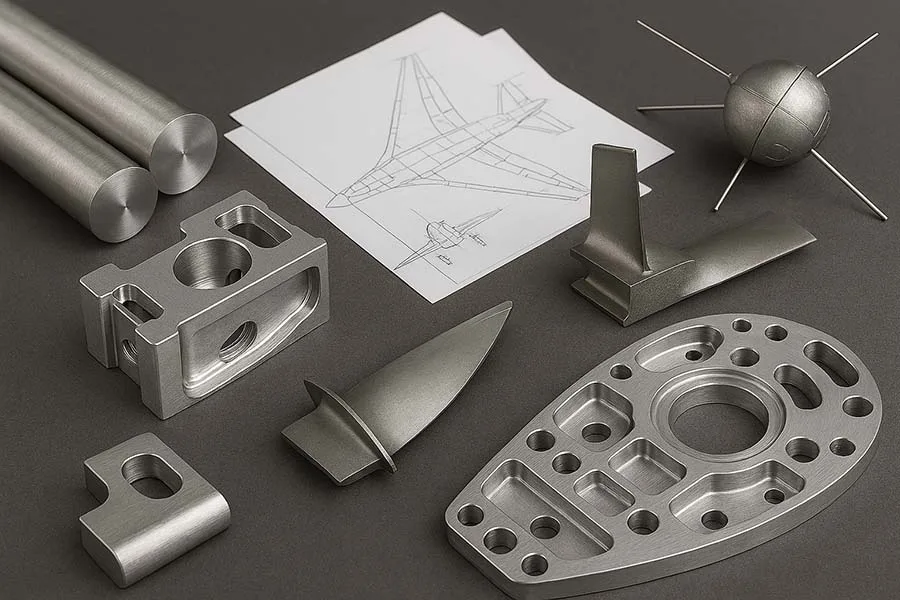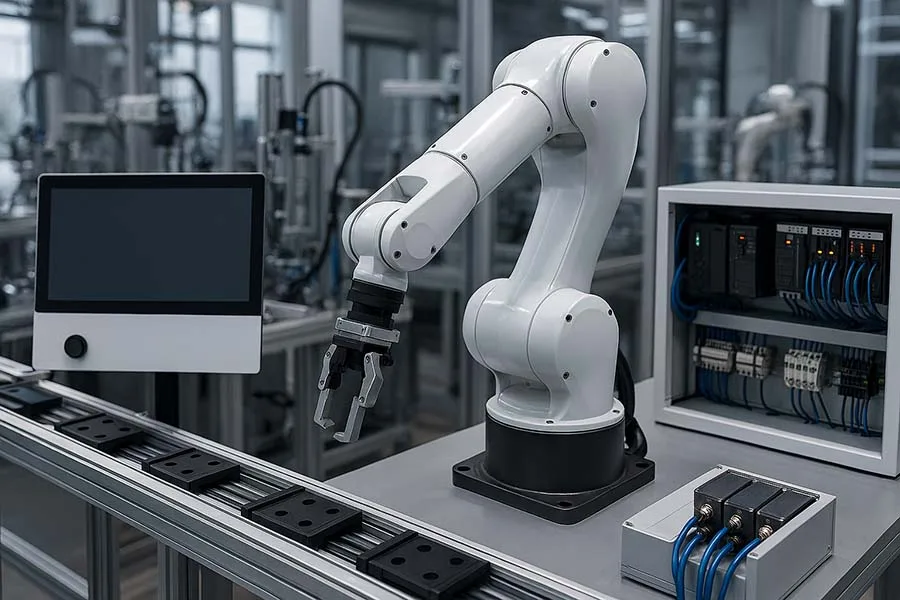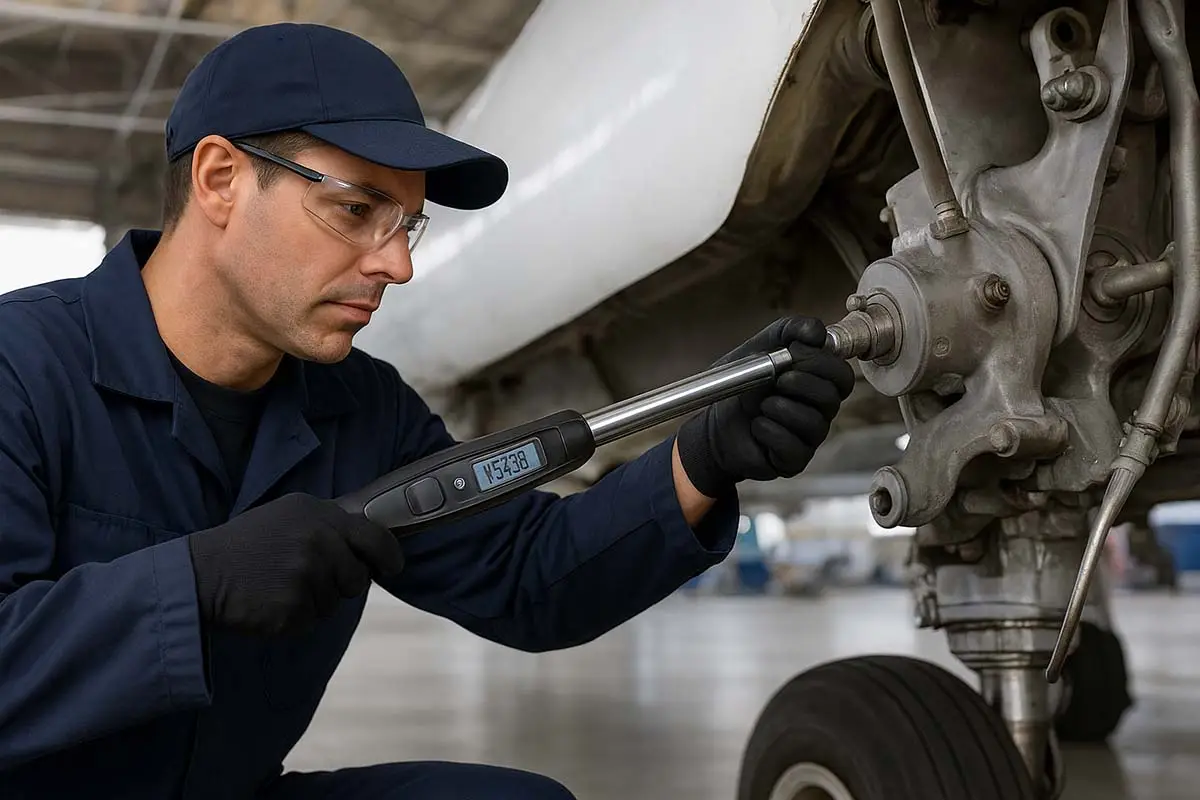Introduction
Behind every smooth cut, drilled hole, or precisely machined part lies a hidden language: CNC programming. While CNC machines may look like they’re doing all the hard work, the real magic comes from the instructions that guide them. These instructions — mainly G-code and M-code — act as the machine’s brain, telling it exactly when to move, cut, stop, or even turn on the coolant.
If CNC machines are the muscles of modern manufacturing, then programming languages are the nervous system. Without them, a lathe or mill is just a very expensive paperweight.
In this article, we’ll break down what CNC programming languages are, how G-code and M-code work, and why they remain the backbone of automation even in today’s era of advanced CAD/CAM systems.
What Is CNC Programming?
CNC programming is the process of creating coded instructions that tell a CNC machine how to perform specific operations. These instructions typically involve tool movements, spindle speeds, feed rates, and auxiliary functions.
Programs can be:
- Manually written (line by line, in G-code).
- Automatically generated (using CAM software like Mastercam, Fusion 360, or Siemens NX).
What language do CNC machines use?
Most CNC machines use G-code and M-code, which control tool movement and machine functions.
G-code: The Motion Language
G-code (short for “geometric code”) is the most widely used programming language in CNC. It controls the movement of the tool relative to the workpiece. Think of it as the GPS instructions for your cutting tool.
Common G-code Commands
- G00: Rapid positioning (move fast, no cutting).
- G01: Linear interpolation (cut in a straight line).
- G02 / G03: Circular interpolation (cut arcs clockwise/counterclockwise).
- G17, G18, G19: Select machining plane (XY, ZX, YZ).
- G20 / G21: Units (inch or millimeter).
👉 Example:
G21 (Set units to millimeters)
G90 (Absolute positioning)
G00 X0 Y0 (Move tool to origin)
G01 X50 Y50 F150 (Cut line to 50,50 at feed rate 150)
👉 Funny fact: Some machinists say G-code is like texting your CNC machine — except it takes things very literally. Miss a decimal point and your part (or tool) could vanish in seconds.
M-code: The Machine Control Language
While G-code handles motion, M-code (miscellaneous code) controls machine functions. Think of M-code as the “housekeeping” instructions.
Common M-code Commands
- M00: Program stop.
- M03 / M04: Spindle on (clockwise/counterclockwise).
- M05: Spindle stop.
- M06: Tool change.
- M08 / M09: Coolant on/off.
- M30: Program end and rewind.
👉 Example:
M06 T2 (Change to tool 2)
M03 S1200 (Start spindle clockwise at 1200 RPM)
M08 (Coolant on)
G-code vs M-code: The Key Difference
| Feature | G-code | M-code |
|---|---|---|
| Purpose | Tool movement & path control | Machine operation & auxiliary tasks |
| Examples | G01 (linear cut), G02 (arc cut) | M06 (tool change), M08 (coolant) |
| Analogy | Driving directions | Car functions (headlights, wipers) |
What is the difference between G-code and M-code?
G-code tells the CNC machine how to move, while M-code tells it what to do (like starting the spindle or turning coolant on).
Other CNC Programming Languages
While G-code and M-code dominate, there are other languages worth mentioning:
- APT (Automatically Programmed Tool): Early high-level CNC language, predecessor of G-code.
- Conversational Programming: Simplified input directly on the machine’s control panel, useful for quick jobs.
- CAM-Generated Code: Today, most shops use CAD/CAM software to generate G-code automatically, reducing human error.
- High-Level Controls (Fanuc, Siemens, Heidenhain): Each brand has its own variations and proprietary commands.
👉 Lesser-known fact: Some aerospace companies still use APT in the background, even though most machinists only see the final G-code.
Why G-code & M-code Still Matter
Even with advanced CAM software, understanding manual G-code is critical for machinists and engineers. Why?
- Troubleshooting: When something goes wrong, you need to read the raw code.
- Optimization: CAM-generated code is often bloated — editing by hand can save time and improve efficiency.
- Control: Custom machining sometimes requires manual programming for precision.
Want To Learn More?
- CNC Machining Fundamentals
- CNC Machining Explained: Precision, Process & Possibilities
- CNC Technology: From Punched Tape to Smart Machining
- Types of CNC Machines (Lathe, Mill, Router, Plasma, etc.)
- CNC Programming Languages (G-code, M-code)
- Most Common CNC Programming Errors
- CNC vs Manual Machining: Differences, Pros & Cons Explained
Conclusion
CNC programming is the invisible backbone of modern machining. G-code drives the motion, while M-code manages the machine’s functions. Together, they ensure precision, repeatability, and efficiency — whether you’re cutting aerospace components or engraving wood.
As automation advances, CAD/CAM systems may handle the heavy lifting, but every machinist benefits from understanding the language beneath the surface. Because at the end of the day, CNC machines only do what you tell them — and they speak in Gs and Ms.





